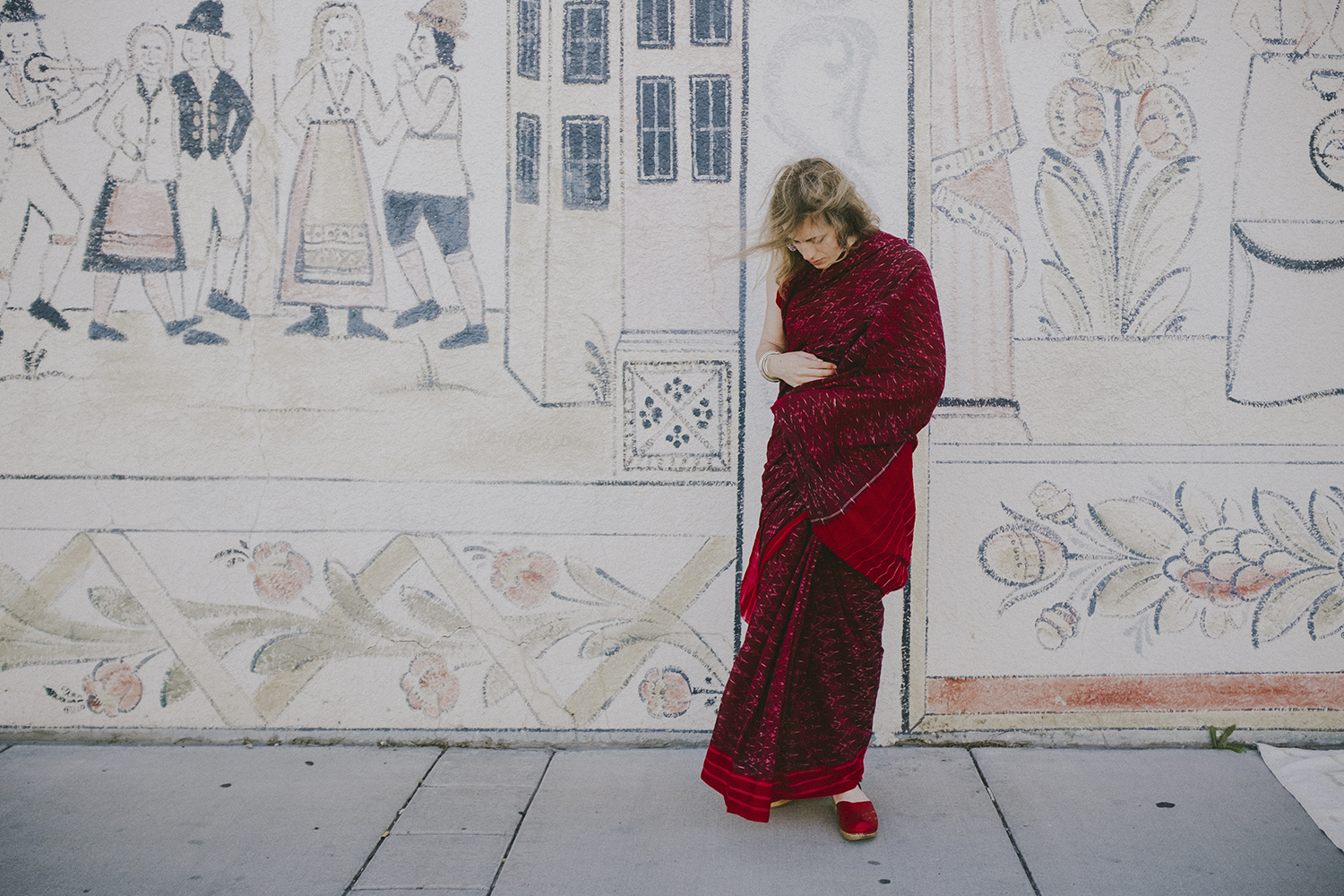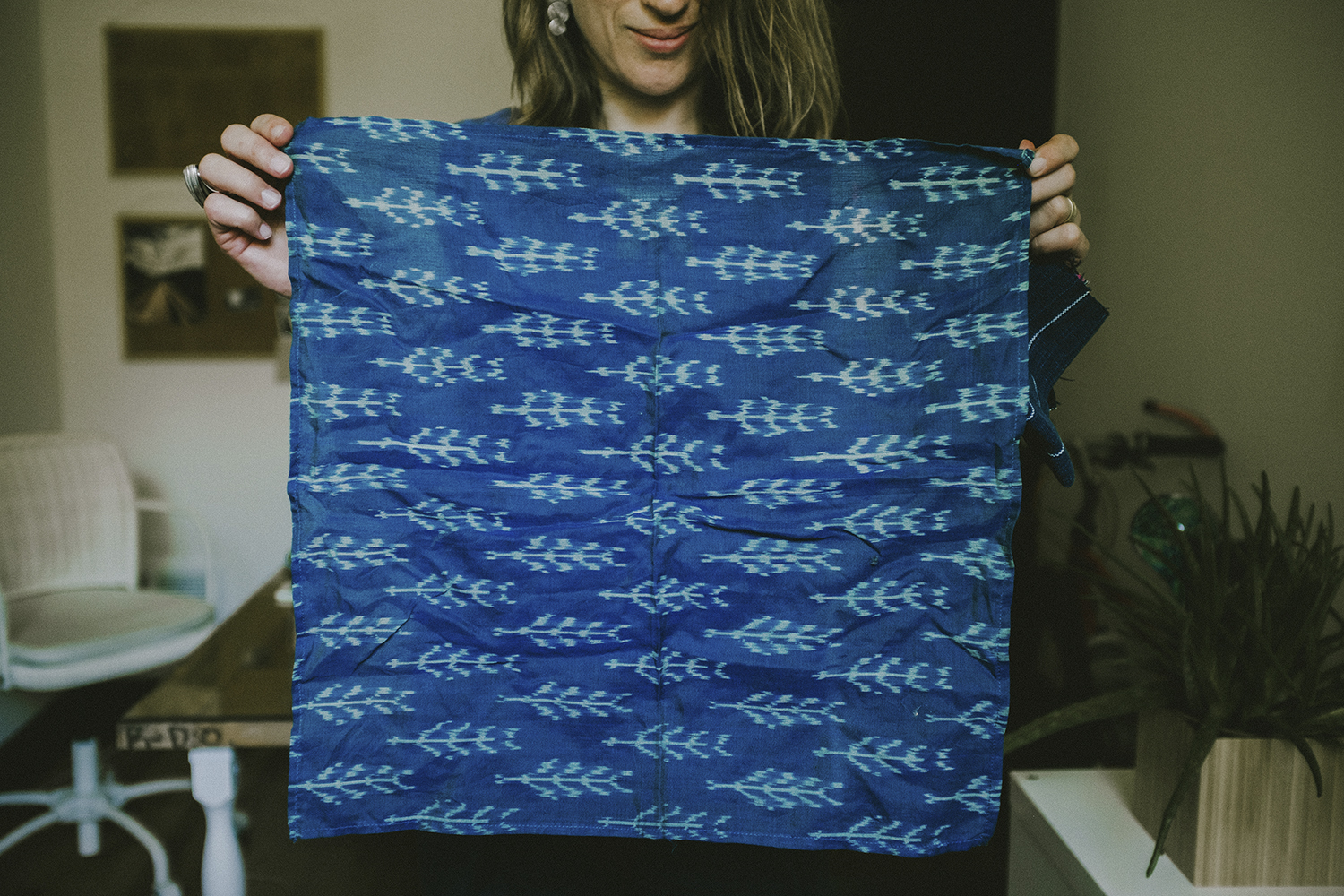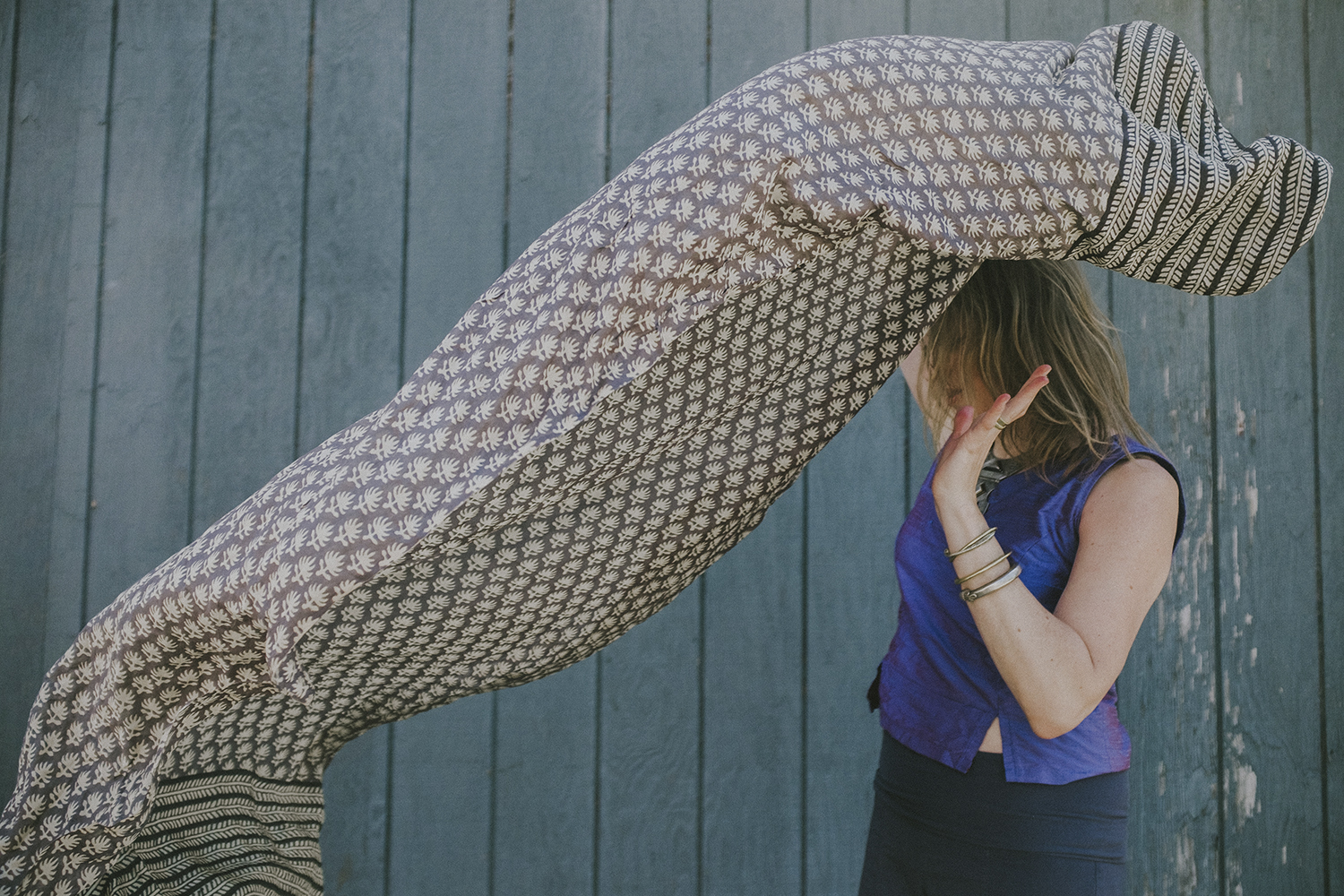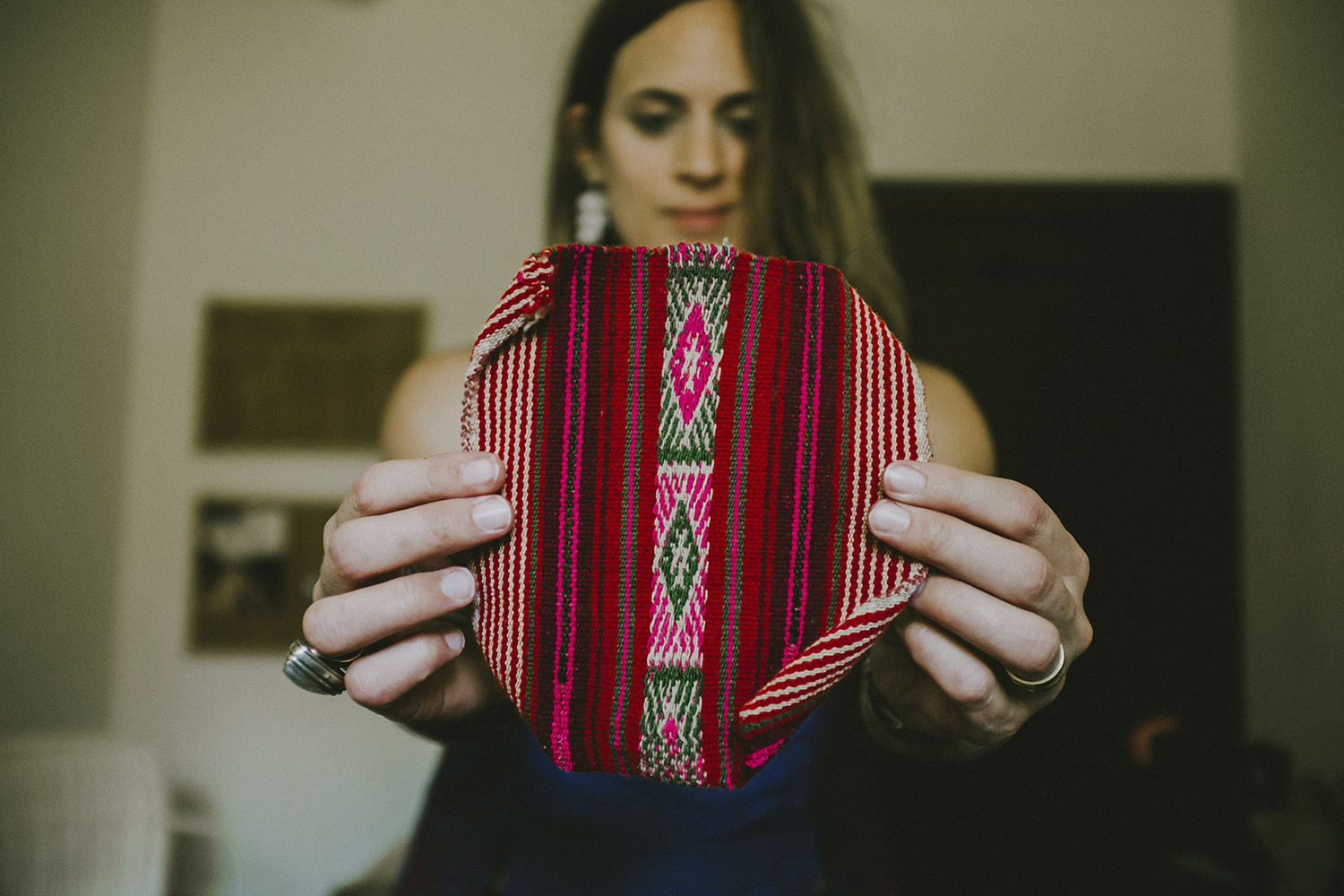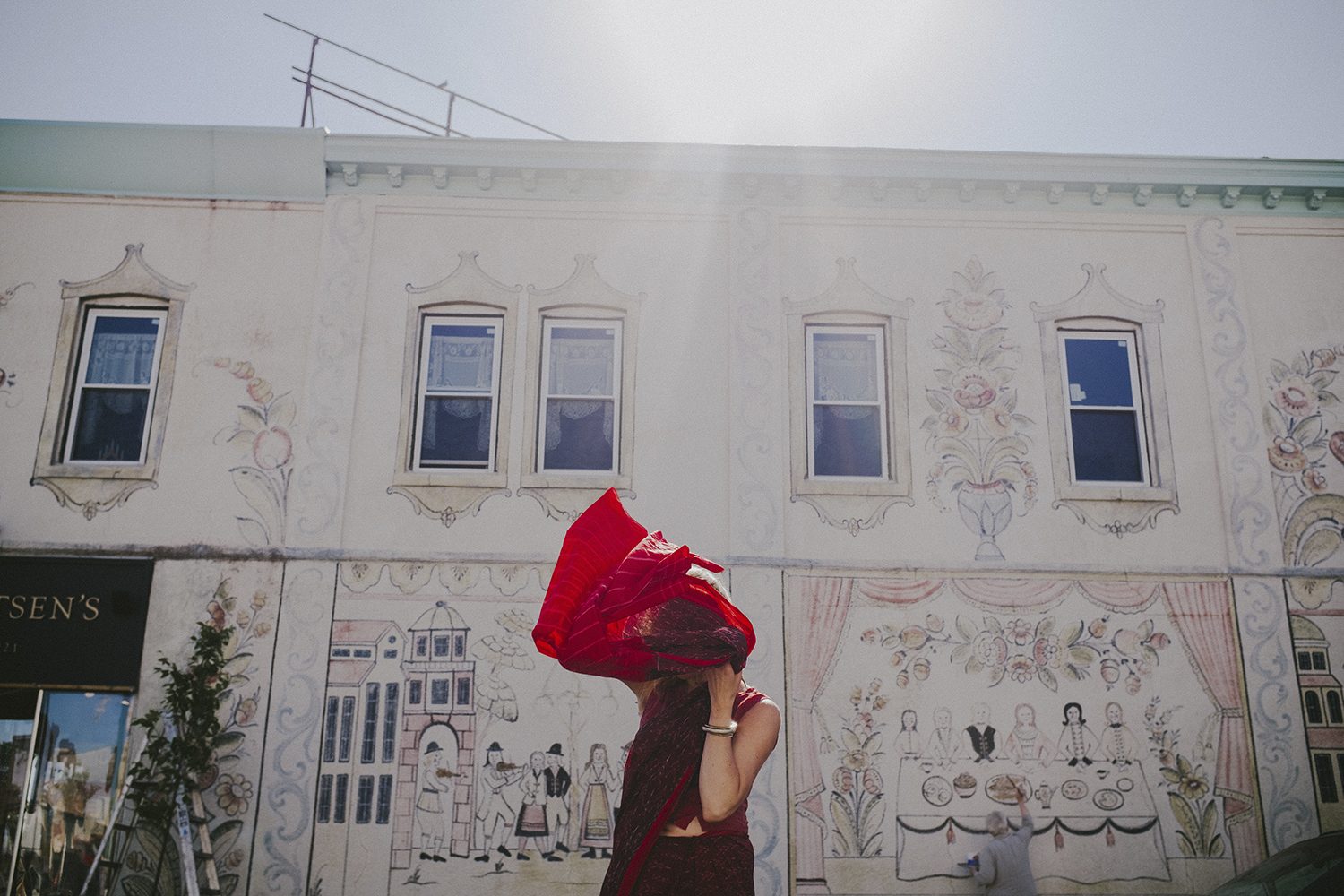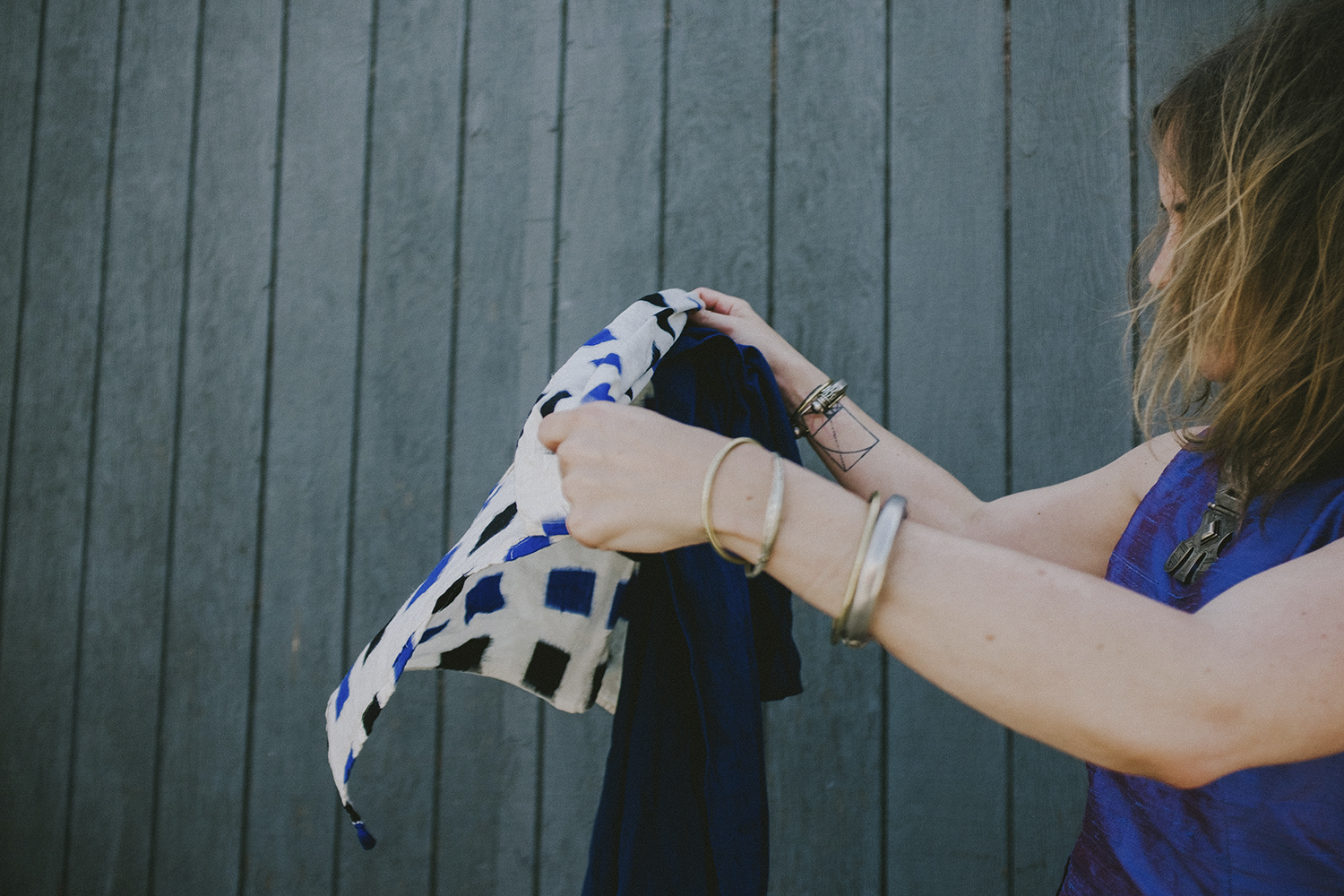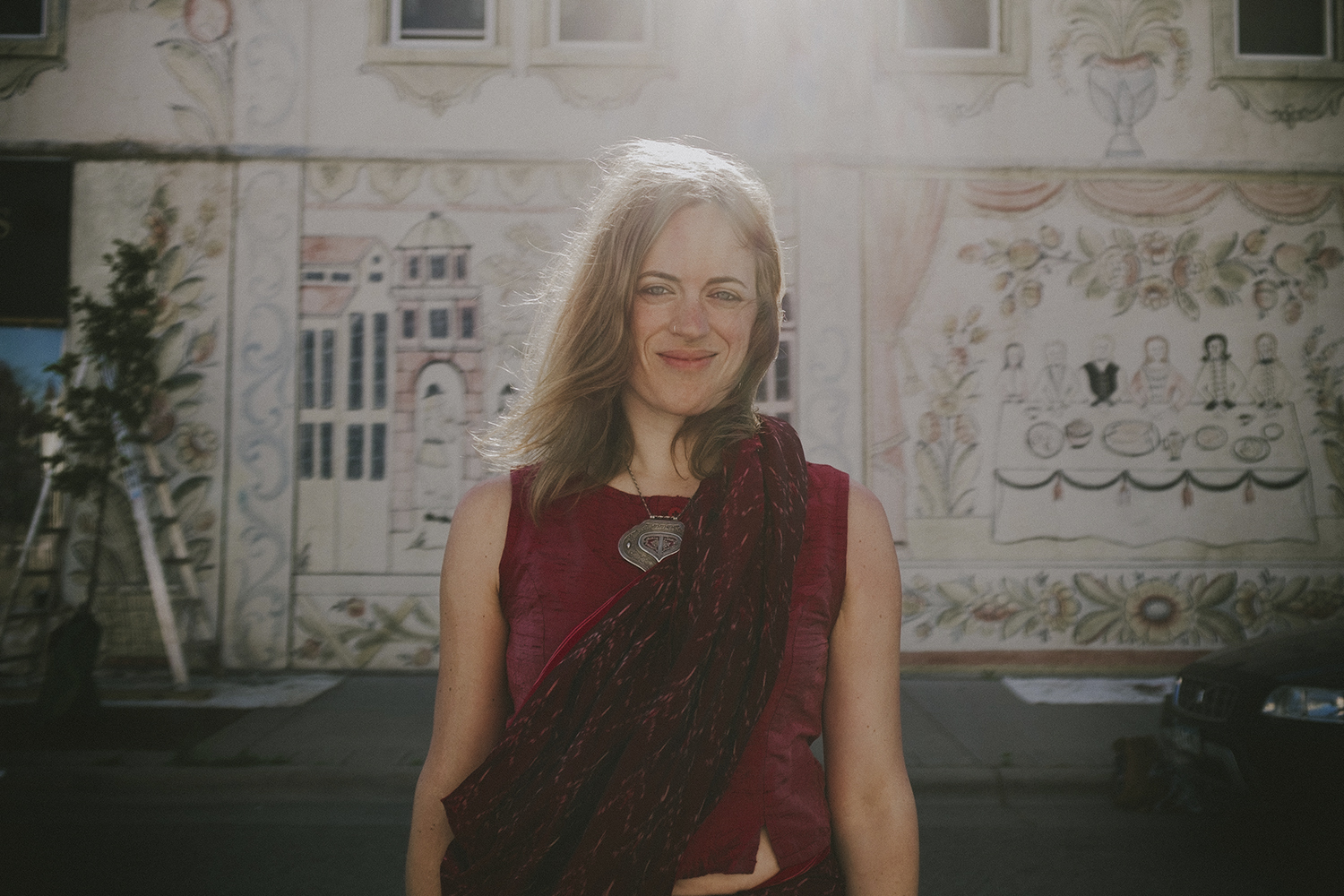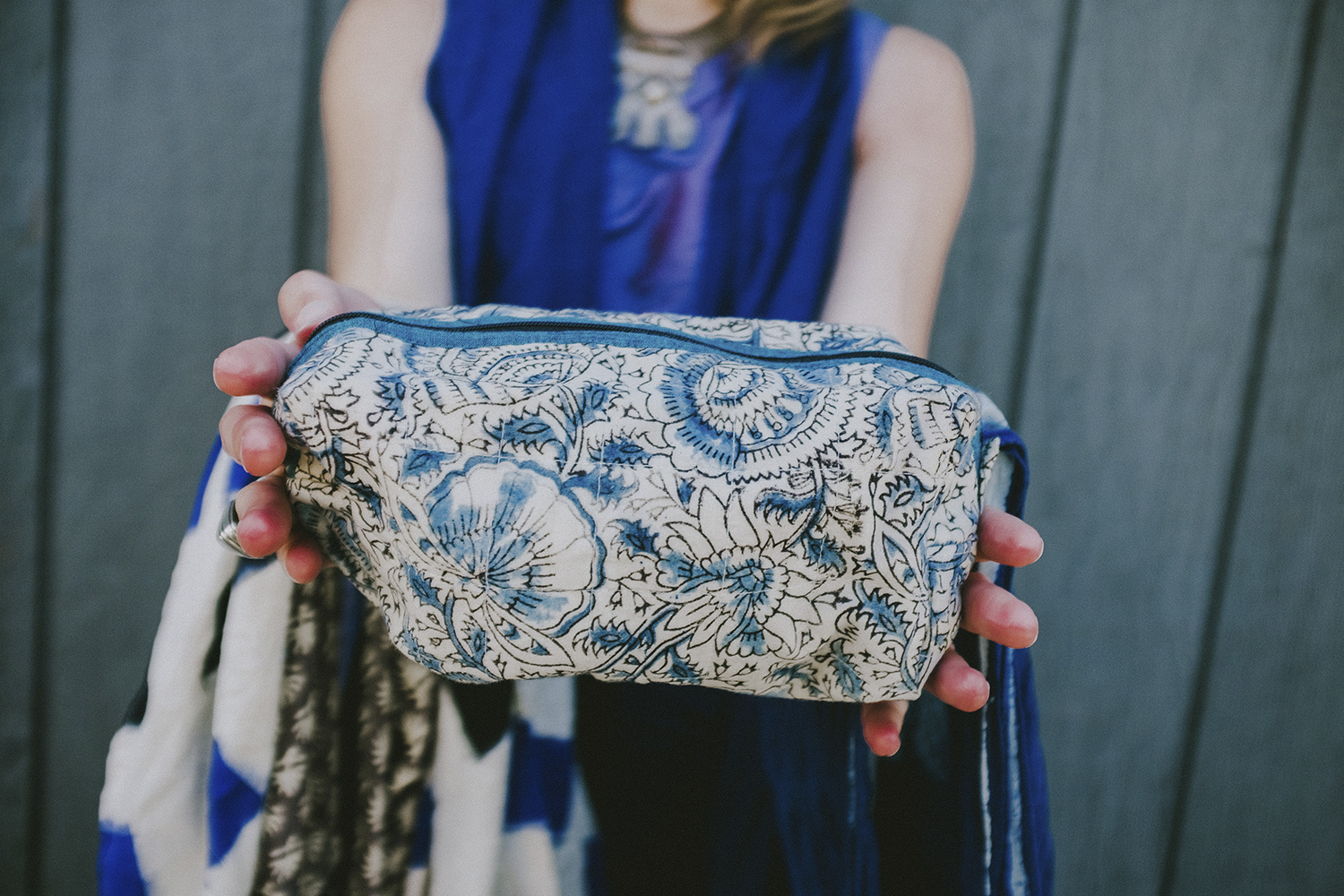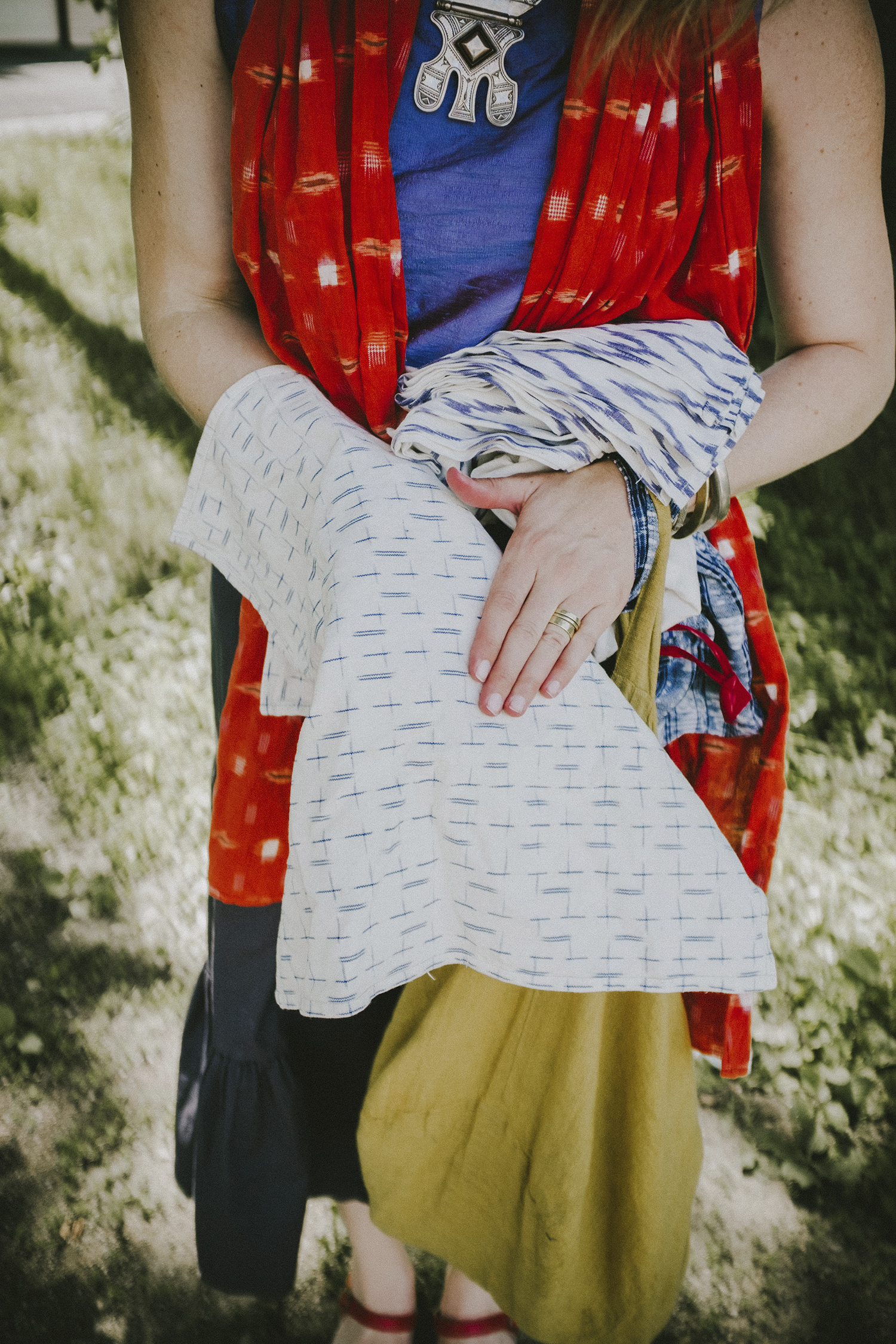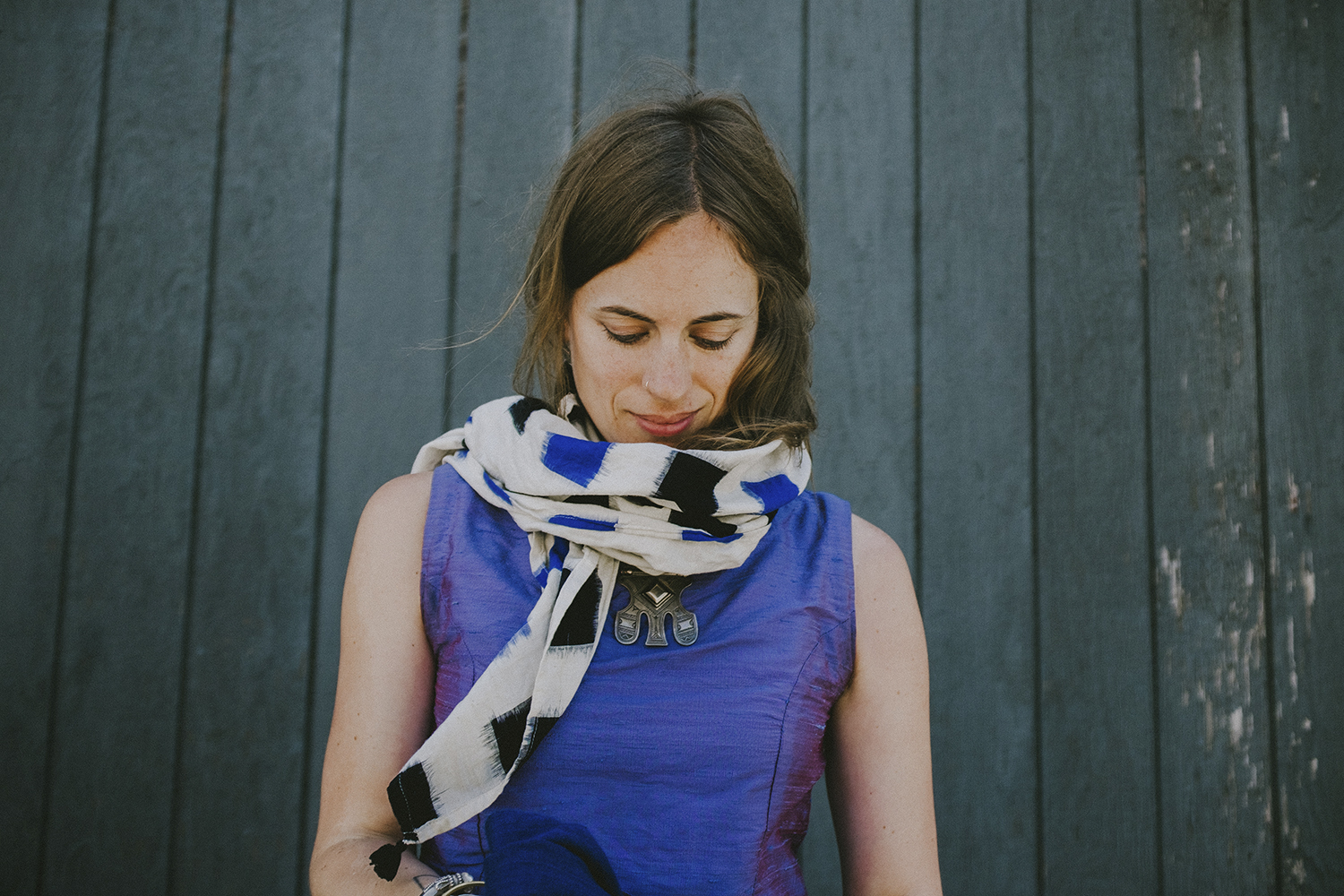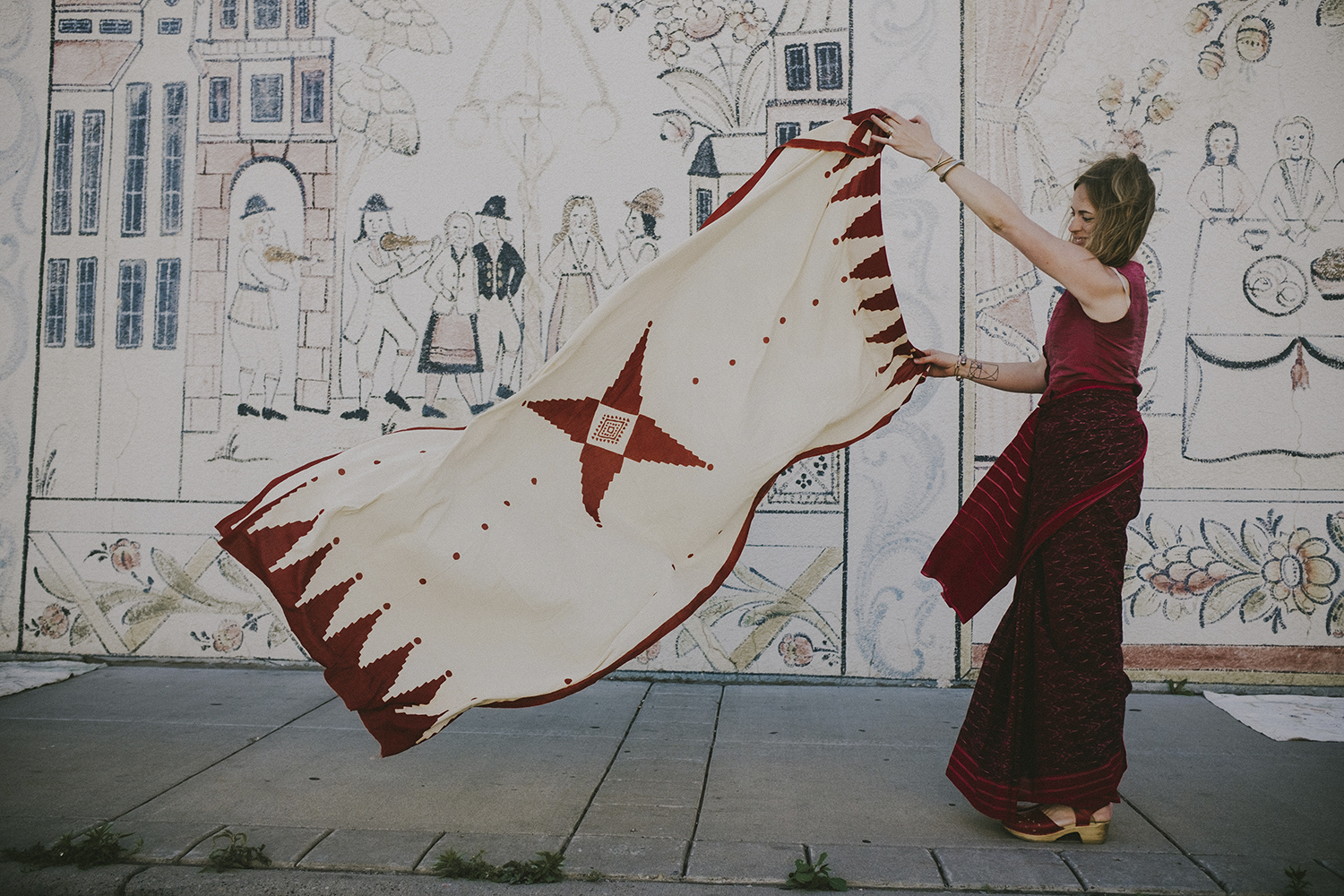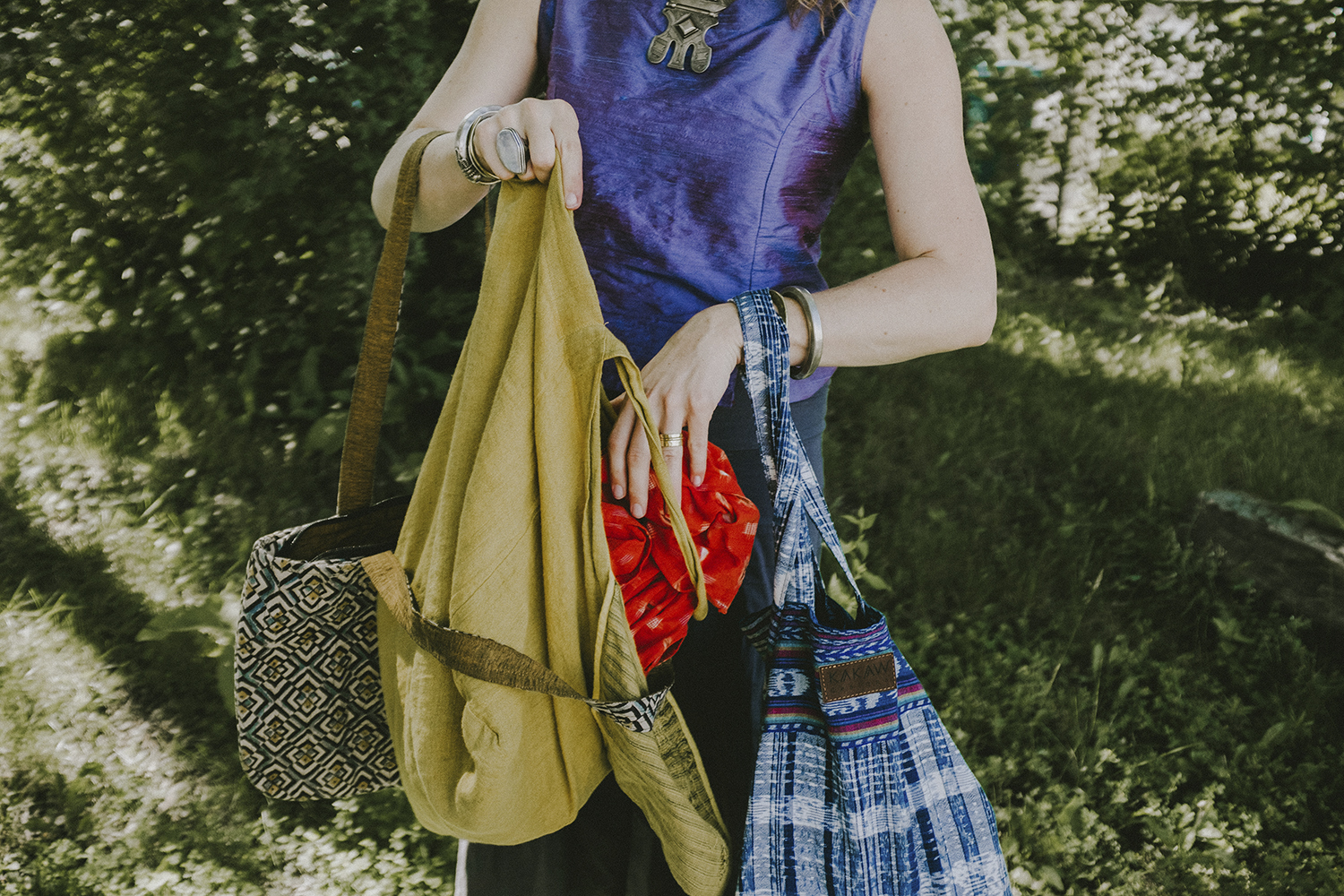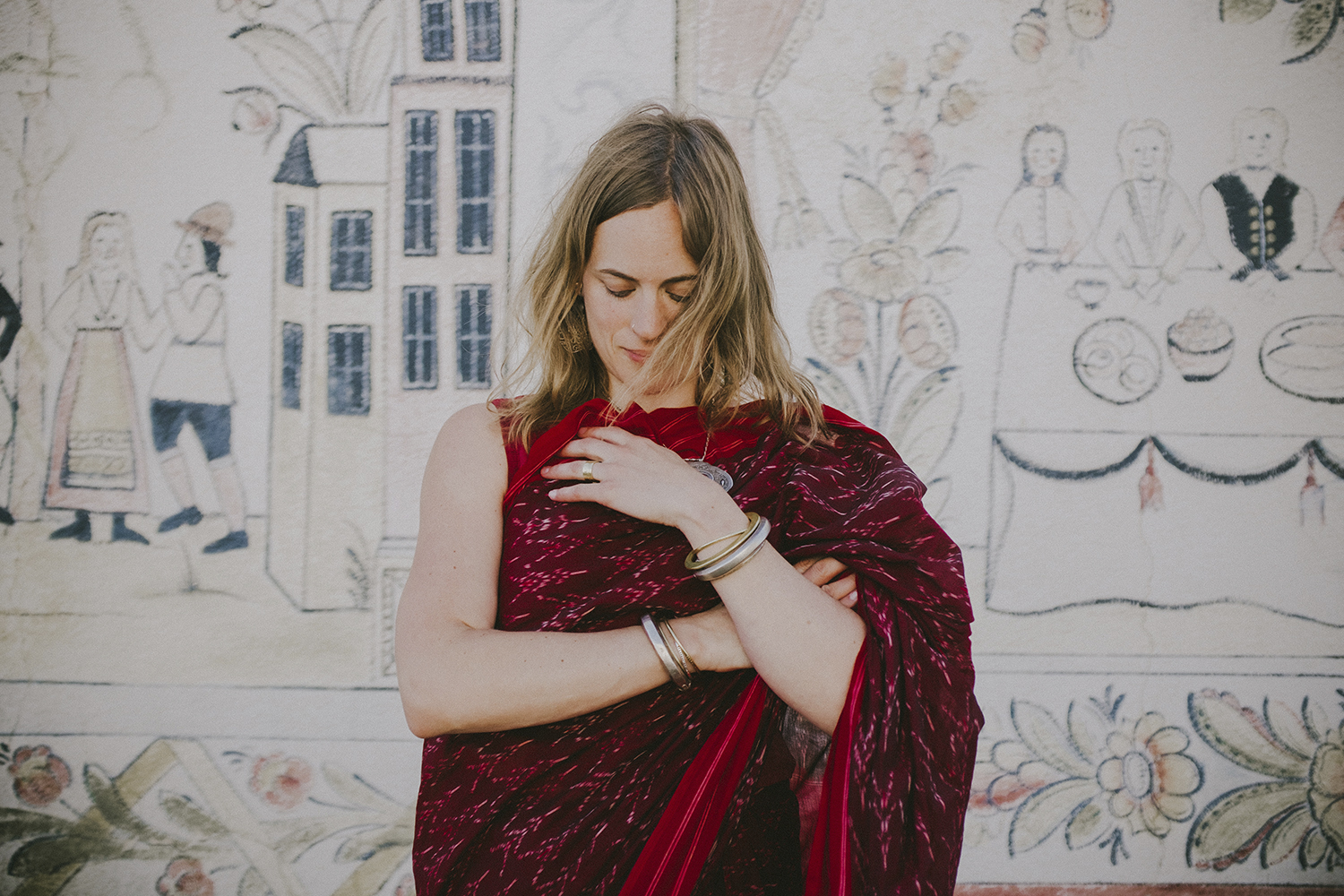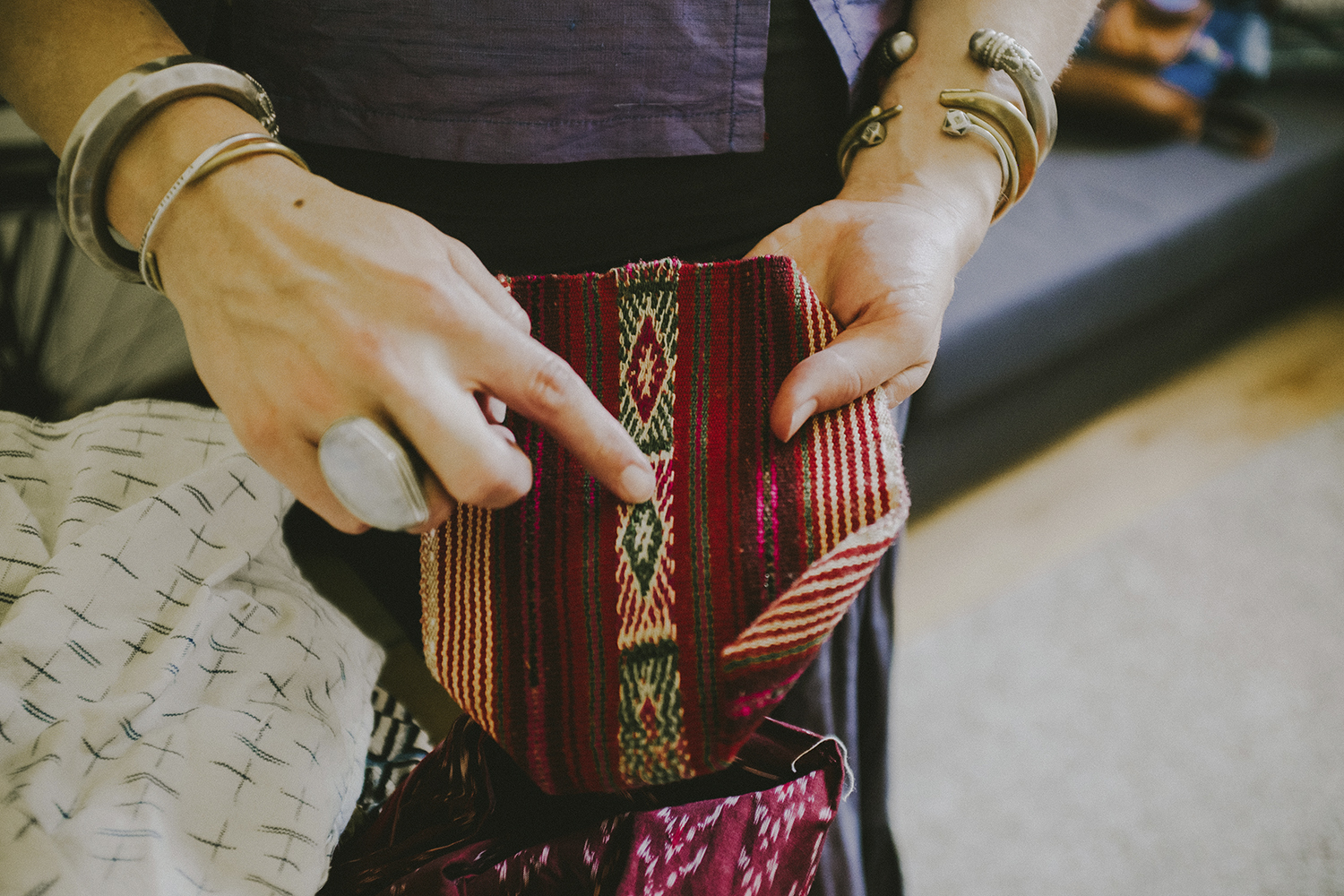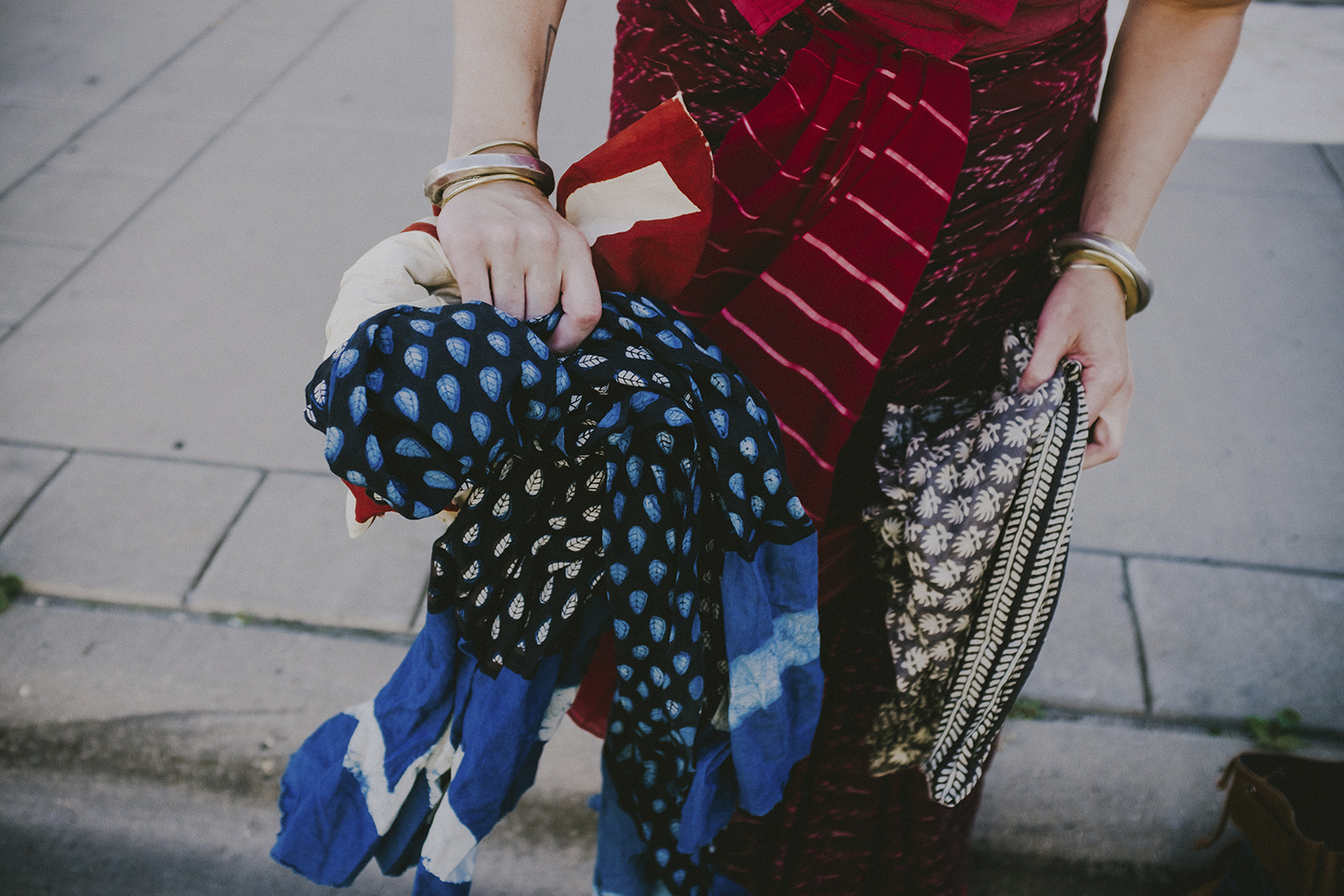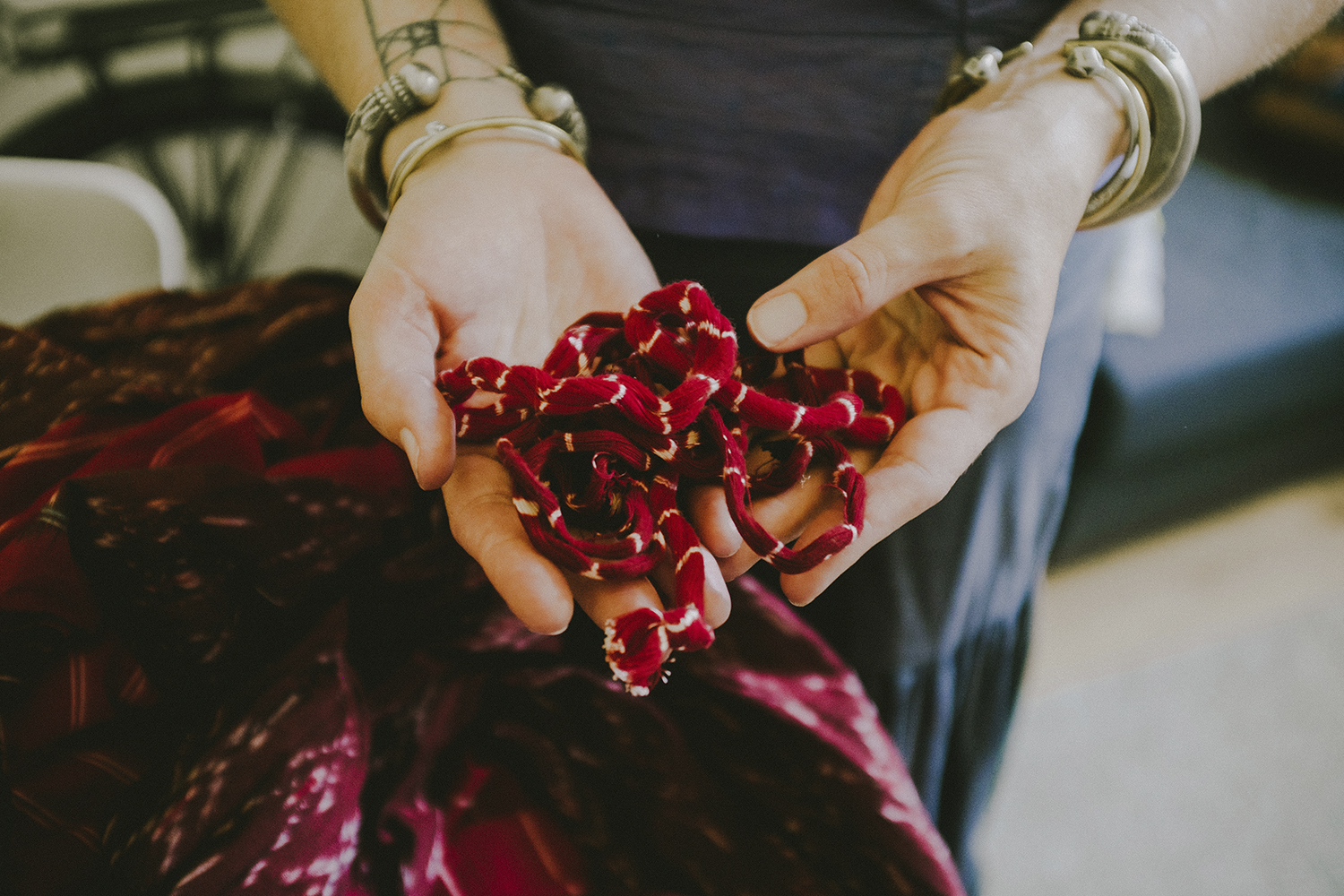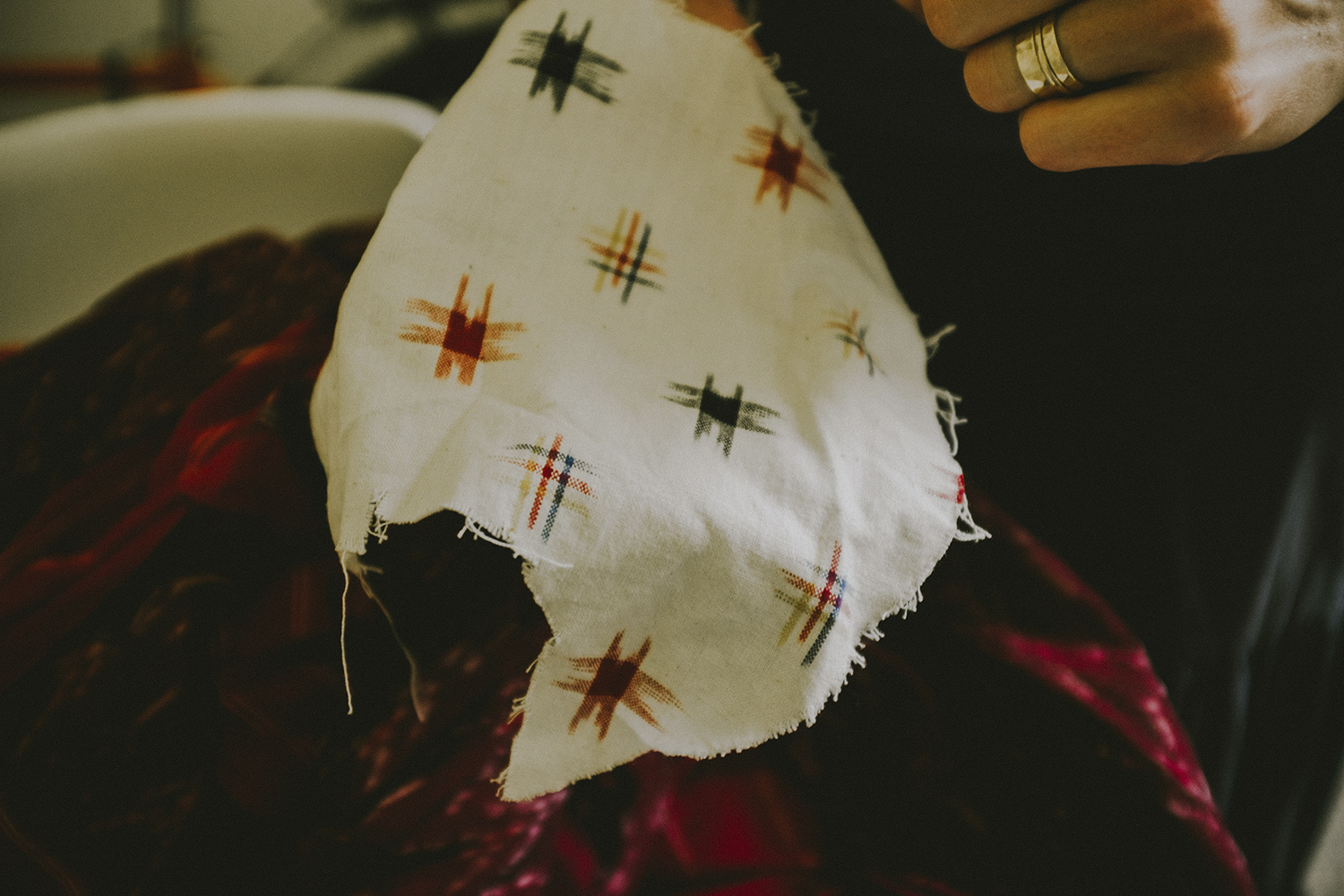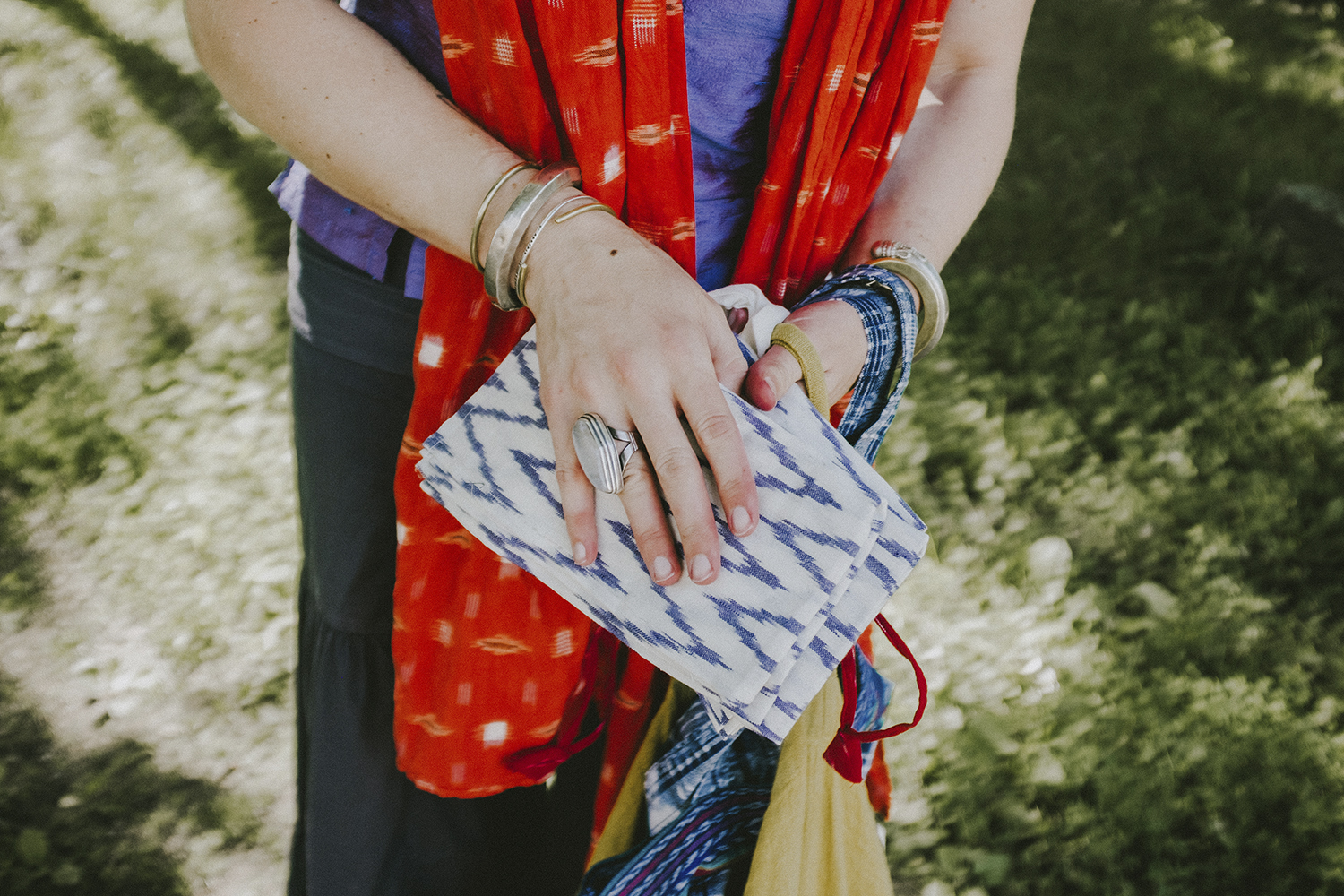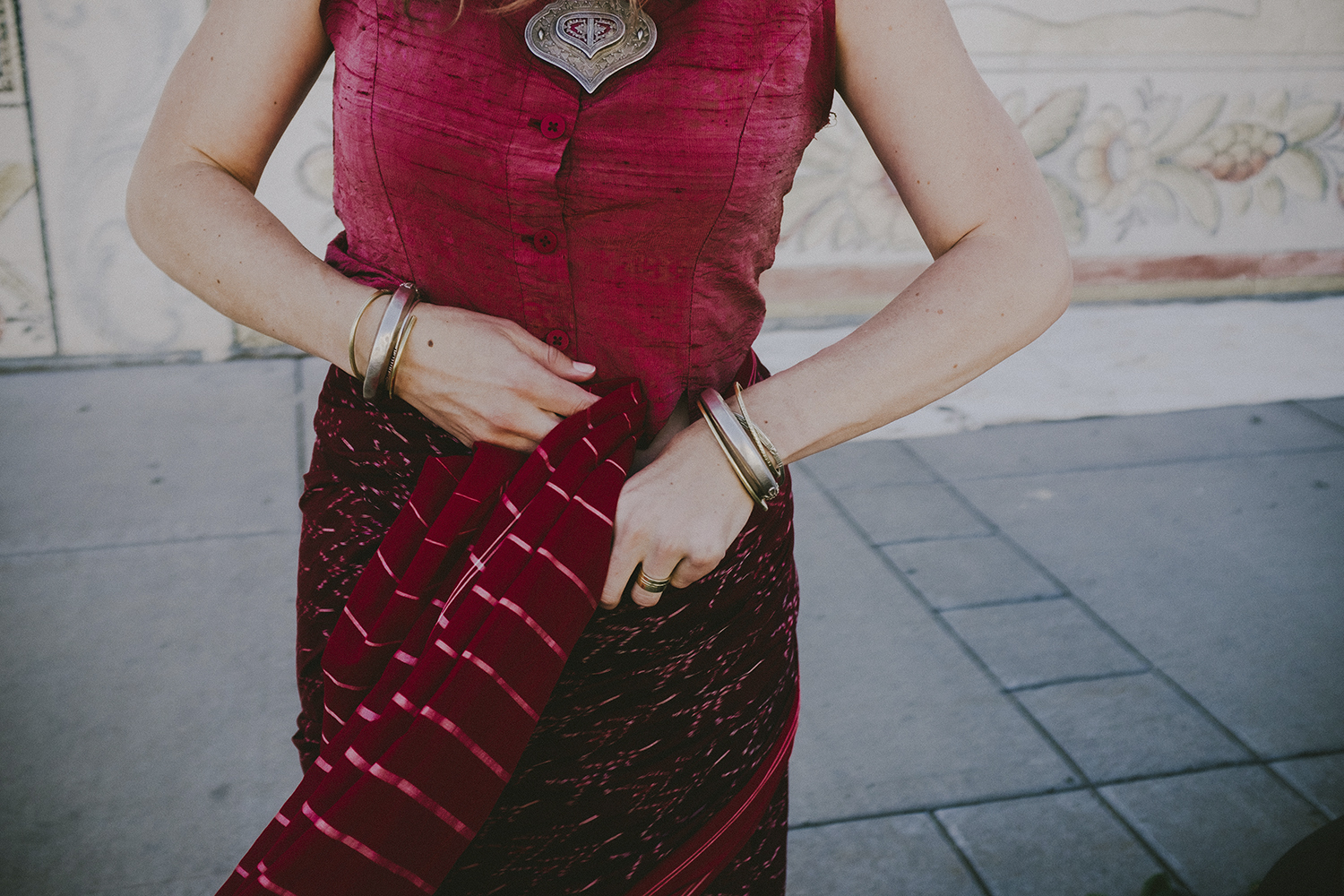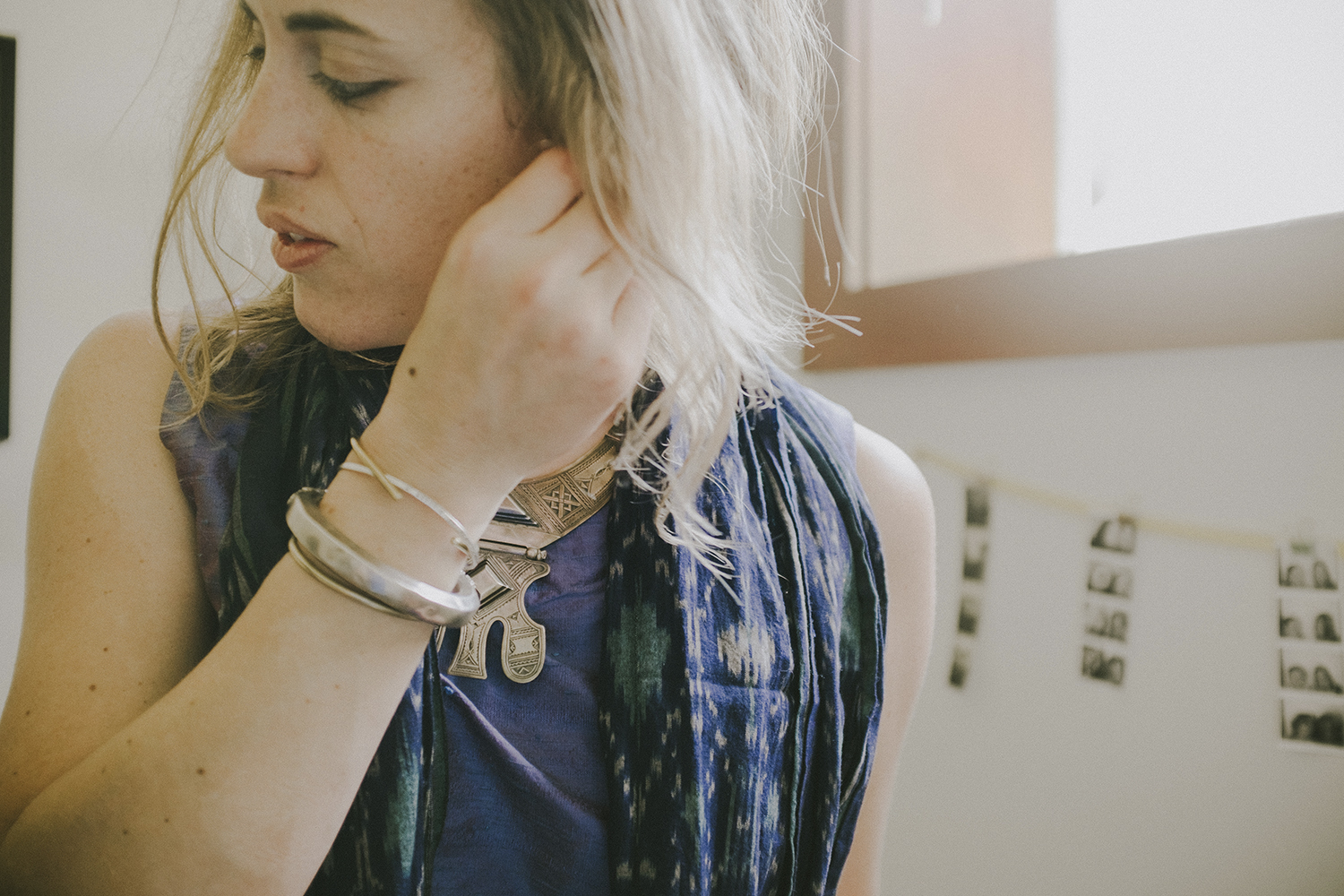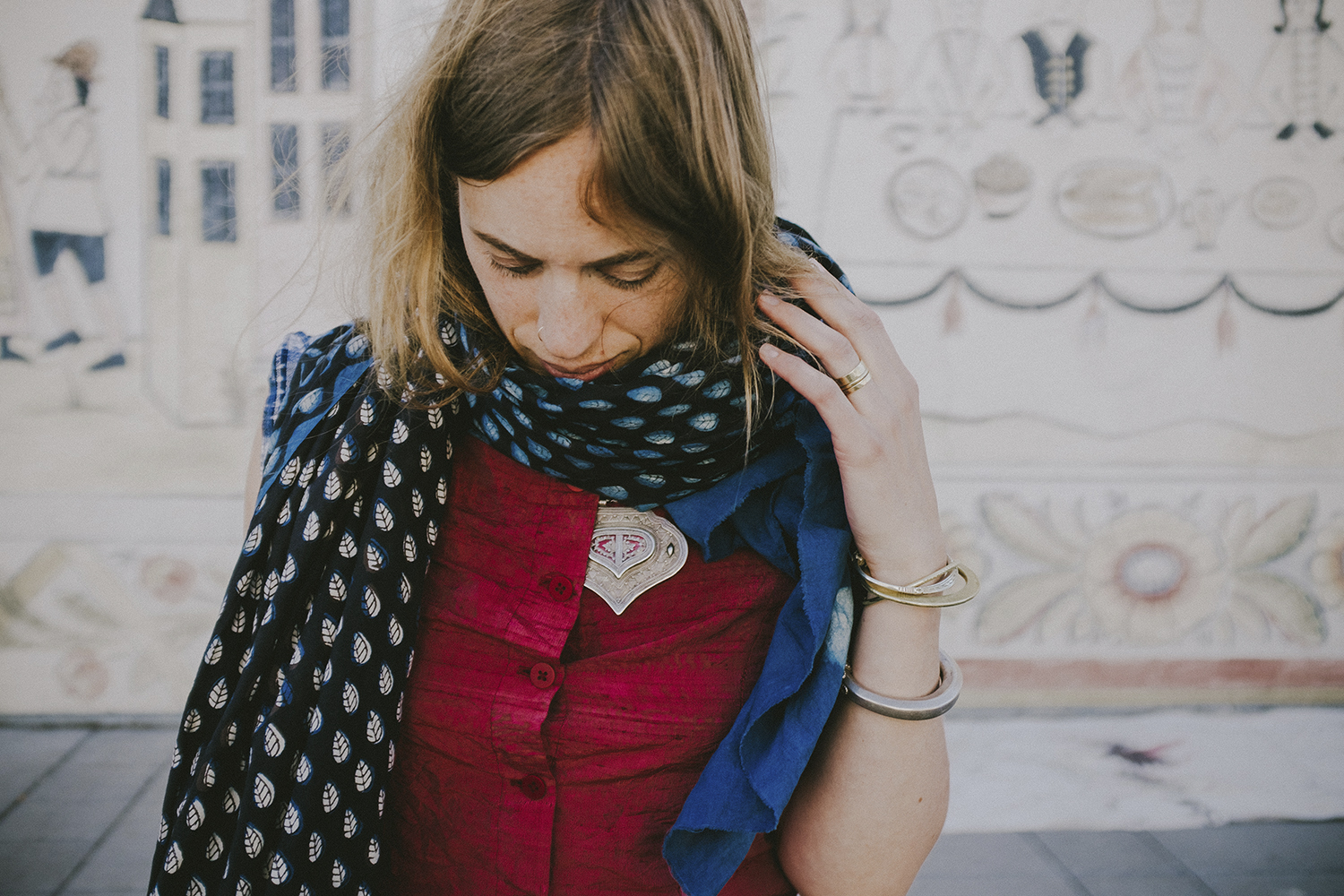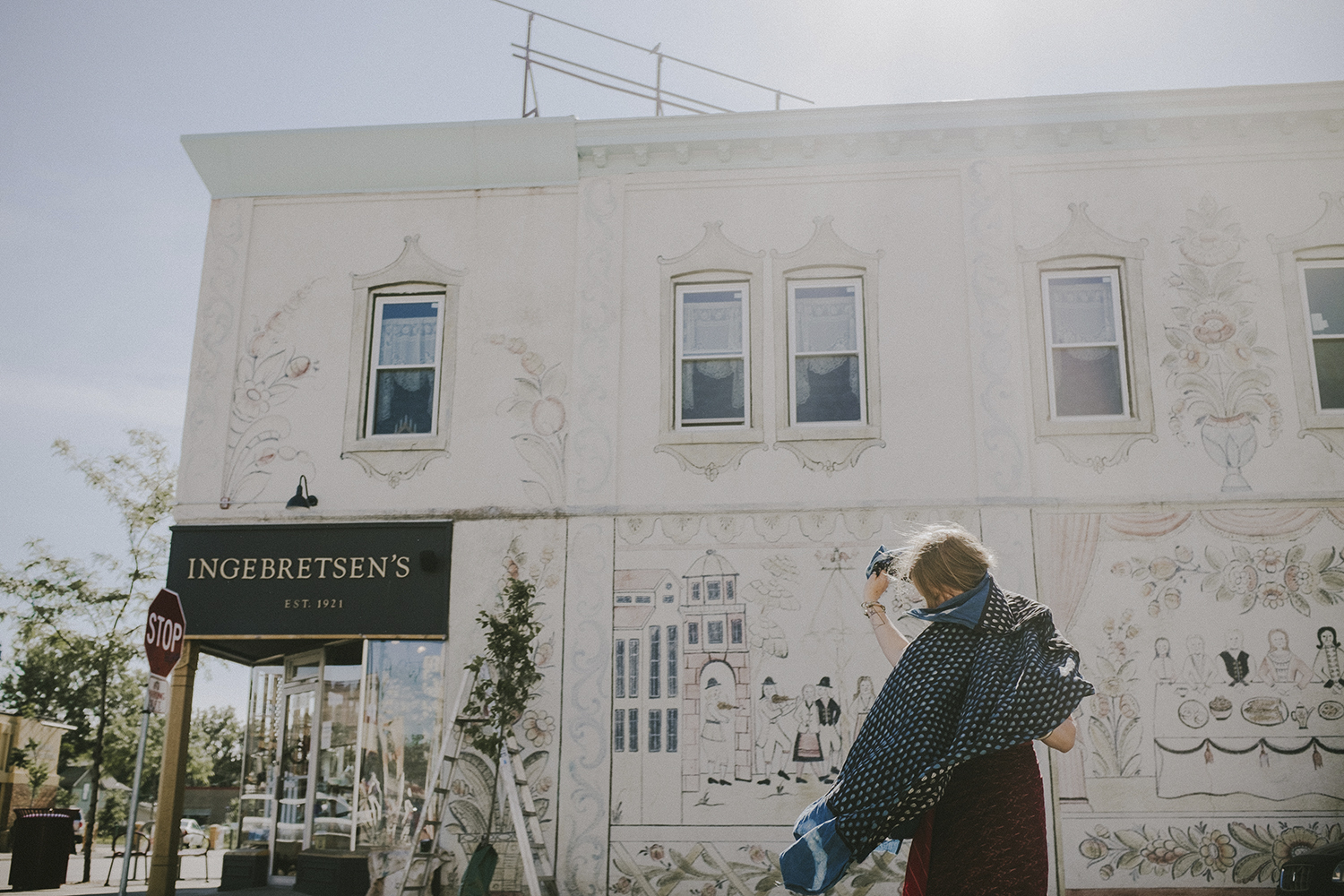LISTEN NOW:
SUMMARY:
Kelly shares her journey about discovering art around the world by creating textiles and other products with her hands. She is a textile designer and founder of Cardamom Collective.Cardamom Collective is a socially conscious textile and home goods company. Kelly works with artisans and other small business owners to design and collaborate in an effort to create treasures to be purchased now, and passed down later.
NOTES:
[4:00] Kelly talks about coming from a family of quilters
[4:50] Talks about realizing her love of textiles
[5:25] Kelly talks about grad school in Sweden for the first time
[7:00] Kelly talks about her experience going to Cultural Cloth
[7:40] Speaks about the work and stories that go into handmade pieces
[8:00] Kelly goes to Norway
[9:10] She talks about becoming aware of where textiles are really from
[10:15] Kelly talks about going back to Egypt
[11:05] She talks about her life in Minneapolis and what she thinks about success
[11:45] Kelly talks about making her “life work” be her work
[12:25] Talks about doing something just to do it
[13:15] First mention of Cardamom Collective
[15:50] Kelly talks about shifting perspectives of where you spend your money
READ THE TRANSCRIPT:
“My name’s Kelly, and I’m from Deephaven, Minnesota. I live in Minneapolis now. I’m moving to Milwaukee, my husband’s homeland, literally with my in-laws.
“My mother-in-law, she’s seventy-five, and she’s an incredible seamstress, and her entire downstairs is a sewing atelier. She has a Singer waiting for me so we can sew together.
“I do quilts. My whole family’s quilters. Ever since I was little, my aunt would make me a quilt. My mom would make me a quilt. They let me pick out the fabric. I would pick the fabric out in like twenty minutes for the whole quilt. My aunt, and ladies like that, will always say, “I don’t know about that quilt.” They’re like, “I don’t know about these colors.” Then, they always love them when they’re done . . . it’s funny. It takes me a really long time to cut and imagine the mathematics of quilting.
“I’ve always collected little scraps. I was a wild dresser when I was little. I never saw it as textiles. I was quilting, and realizing that I felt so different; like such a different level of accomplishment. Then, I started to realize it was this thread that . . . I guess, pun intended with that, really.
“It really started out because I loved jewelry. I loved art. The more places I went to, I saw these patterns and realized that they were translated into textiles. It felt really different and I realized I needed to go . . . it really was like a light bulb turning that I needed to go back to school.
“I did an embroidery class in Sweden. It was in the summer and literally on the edge of the woods in Dalarna, Sweden. It was an incredible space for grad school. It would be like eight hours of women basically being silent in the class. No music. Like light conversation . . . but it was a palpable energy in the room. Our instructor talked in Swedish, but she’s also brought textiles from all over the world. She’s really like a global textiler, even though she’s Scandinavian.
“We didn’t really speak Swedish, but we understood. She’d come and physically show us. It was a really different method of teaching then. I had been teaching in classrooms when I went there, and we’re so used to looking around and making sure the kids, everyone’s, on the same step. Everyone’s on the same page. There it was like, they let you flail, just until you’re ready to give up and then they give you a little. Which is more traditional, almost like
when people used to study trades, you actually studied to work problems out on your own. She showed us all these patterns, and examples of similar aesthetics. She went to India. She went to Gujarat. She’d been all over. I think this trip really did solidify wanting to connect with people that way, because it was a roomful of people that didn’t speak the same language that were just working with their hands.
“I think it was the next summer after I finished school that I went to Cultural Cloth, in Wisconsin. It’s a really beautiful white, modern-looking building, but then you go in, and it’s so much color and texture. They have a big area in the back where they have quilts, and old ikats from Uzbekistan, and huge pieces. They have posters. They used to have posters that you could flip through.
“They basically had these big arms you could flip through the textiles. You can literally stand sandwiched in-between these textiles. They have big, felted wool rugs from Kyrgyzstan up on the walls. They work with women in India. I really felt the energy in that room, because so much work goes into these pieces. There are so many stories that it’s hard to understand when you look at them, all the work, and all the energy that goes into every piece. I just stood there and looked around and was like, “Okay. This is it. I don’t know in what form, but it’s textiles. Whatever it is.”
“Then I went to Norway, because I’d always been interested in . . . I don’t know. My family was from there. I just loved the motifs. There was this tiny little place in Norway, in Bergen. I walked in. In Norway, they still have traditional costumes that, actually, most Norwegians still have. They’ll wear them for national holidays, or birthdays. They’re called the bunad. In Sweden, they’re called folkdräkt.
They’re really elaborate traditional costumes with jewelry and ribbons and, depending on your region, they’re really different. The colors, the weaving, the embroidery, even what they’re made out of. I went into this little hotel in Bergen, and there were little Norwegian grandmothers making these costumes, still. The woman said, “The only ones that can be made in this area are from this region.” Sort of like the idea of French cheeses and champagne, and that they’re regionally specialized by the name. That had never occurred to me, that something could be so specific and special.
“It planted a seed. She gave me this full-color beautiful book on the folk costumes. I started to become aware, looking at that and seeing where things were from. A couple of years later, I went to Egypt. I started to see all these connections between folk costumes and embroidery. Egypt was aesthetically different. Some days, you can be in France or be in somewhere, and forget that you’re somewhere else. I think every second that I was in Egypt, I never forgot I was somewhere else. It smells so different. It sounds different. I mean, it was incredible. It really changed my worldview.
“I feel like geographically, places that have been so different, they’ve taught me specifically about the making of things. Things can be so useful and beautiful . . . not despite their everyday use, but maybe even because of their everyday use.
“I went to Peru this year, I felt like I had to go. Something was really pulling me there. We were in Cusco, but then I also got to go to a place called Kairos. The Kairos nation, which is at about 16,000 feet. There are no roads. You have to take a horse, and then hike in there for about three hours. They’re really incredible people. They live in stone huts. It’s very rustic. Open fires.
“People are incredibly dressed, and honestly do incredible weaving. It’s also a really physically challenging lifestyle. I mean, they herd alpacas and llamas, which they spin the wool from. They have so much work to do everyday just to get their food, just to sustain themselves, but they’re constantly making things. I’ve never been anywhere where it was more intertwined: your art and your daily work.
“I feel like here, in my life in Minneapolis, I’d been, “Well, I have to have a normal job, and then I have to do my ‘art’ afterwards.” It’s hard. It really changed my idea of what’s possible. Also, of what it means to be successful, because I started to realize it was engaging all these skills . . . like I really felt alive, even though I didn’t feel like I landed a big job after my Master’s, which I thought I needed to do.
“My husband and I were both talking about that. He’s a musician but also works a nine-to-five. We were both saying how we really want to move towards having work be our work, like our life work. Not feeling like we’re getting up in the morning to go to work, but that we’re going to do our work. I guess some people call it dharma. I like the idea, because it’s the work you were put on this Earth to do. Your dharma could be to be an amazing plumber, or tech person. It’s like the gifts you bring into the world, and how you can share them with people.
“That’s my interpretation. If we can all work on doing our dharma, then we’re making the space better for everyone. I see it as getting to be your highest self. I mean, at least where I come from, we’re really encouraged to be great at things, which is good. It’s good to have high expectations. I also think we miss this chance to do something, to do it. I just realized it’s okay. I said, “It’s okay to try. It’s okay to do things for the sake of doing them, and trying.”
“Take a couple banjo lessons, or take a weaving class, just to take it and experience it. You don’t have to keep going. You don’t have to become an expert. I feel like we don’t talk about that that much. It’s okay to play soccer recreationally, and not be on the traveling team. Whatever your version of it is, it’s okay to experience things.
“Cardamom Collective is my company now. I named it Cardamom Collective because cardamom is a spice that’s really evocative for a lot of people. It’s used in India. It’s grown in Guatemala. It’s used in Scandinavia. For a lot of people, it’s like childhood, visceral memories. Cardamom is really strong. I wanted it to be something that people from all over the world could relate to.
“Then, I wanted the Collective to be a gathering place for people that wanted to try things, make things. I enjoy making things from other places, because it ties into learning about those places. I want the bottom line to be education. I hadn’t mentioned this, but the other aspect of Cardamom Collective is that we have a strong social commitment to teaching people about the ethics of where we get things, and how we can help people, and how connected we can be when we do that.
“The fast fashion industry is extremely damaging, not only socio-economically, but environmentally. I think it’s an easy way to cast your vote. Really, just make an effort to spend a couple of dollars more on your t-shirt, or your next pair of jeans, or go thrift shopping. If you can buy repurposed clothes, or look at their labels, think about who’s making their clothes, and who’s benefiting . . . it’s probably the best place to start, from those people.
“I try and be sensitive when I talk about these things, because I don’t think people need to buy a hundred-dollar pair of jeans, or some of the things that are more expensive . . . but it’s important if people make good choices, if they’re able to. I definitely recognize that some people have to make choices and feed themselves, too. I think if everyone can steer the ship a couple of degrees—buying good things, but also buying less, having less—if we all thought about it when we did it, even if you get to the store and maybe you can’t do it that day . . . but having that intention of being more aware. Then, it really becomes fun, because you see differences. You do feel good.
“I don’t think people have to go throw out all their stuff from Old Navy, and start over. I don’t think that’s a good answer at all, but if people just start to move towards that, I think of it as a movement. And I like the idea of shifting, just little shifts.
“When my husband and I go to one of the nice coffee shops in Minneapolis, sometimes we spend twenty dollars in the morning, on a couple of lattes and our baked goods. It’s also shifting where we think about spending our money. A thirty dollar t-shirt seems like a lot of money, but it’s about shifting your perspective of where we spend our money.” •
